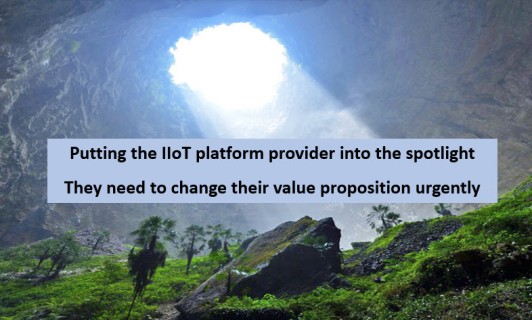 I had mentioned in a related post on my other posting site that I wanted to understand a recent Siemens event.
I had mentioned in a related post on my other posting site that I wanted to understand a recent Siemens event.
This was partly presenting 3rd financial quarter results but more on their future course with a Vision 2020+ and its respected parts being the design that is going to take the business out further by exploiting the parts within this vision.
There was a lot to take in on limited information and understanding. View the post “A feast of opportunities for Siemens?” for my first reactions on this.
The whole expansive story around Siemens new structure announced at this event offered some of the opening details, yet it is still to be “fleshed out” later in the year, by their management.
I specifically zoomed in on the new Digital Industries (DI) structure and where it is seemingly heading. Presently this new operating group will have 78,000 employees and a business revenue of around Euro 14 billion, that contributed a profit margin of around 16% in their fiscal 2017.
The expansion of the digitalization business has a very exciting acquisition announced the day before, with the Mendix acquisition, a leader, and pioneer in the area of low-code application development platforms, where you can potentially program and deploy apps up to ten times faster. This has been one of several “pain points” for Mindsphere, the Siemens digital platform, on providing a menu of apps to support client problems, so we should see some significant improvement on this point.
This purchase of Mendix can make a significant difference and propel the platform into a new value proposition, a 2nd generation digital platform where “smart” becomes central. I will be coming back to this once I have undertaken a little more research and assumption undertaking, in the next few days, as it has some compelling value positioning for Siemens, I believe.
It was the other part of the digitalization expansion that stopped me a little. This is what I want to discuss here. Let me work it through.
Continue reading →

 You certainly have to make choices in life in where you focus your energy, otherwise, it gets way to complicated. For me to learn about Ecosystems and Platforms I have chosen a “select” group of IIoT players or advisors in their field to concentrate upon. Increasingly the insights and leading knowledge seems to be less coming out of the Big Consulting firms but more from those actually operating in the Industrial world (IIoT players).
You certainly have to make choices in life in where you focus your energy, otherwise, it gets way to complicated. For me to learn about Ecosystems and Platforms I have chosen a “select” group of IIoT players or advisors in their field to concentrate upon. Increasingly the insights and leading knowledge seems to be less coming out of the Big Consulting firms but more from those actually operating in the Industrial world (IIoT players). I had mentioned in a related post on my other
I had mentioned in a related post on my other 
 In my opening post (
In my opening post ( I have been reflecting recently on where we are in all the efforts, focus, and resources, that have been going into the building of our IIoT platforms. This has mainly been around the questioning of where they should fit within the needs of an ecosystem, the end outcome of our new industrial design, in my opinion, that enables digital transformation.
I have been reflecting recently on where we are in all the efforts, focus, and resources, that have been going into the building of our IIoT platforms. This has mainly been around the questioning of where they should fit within the needs of an ecosystem, the end outcome of our new industrial design, in my opinion, that enables digital transformation.
 Market dynamics have changed dramatically in the past few years. The concept of connected networks has been having an increasing impact on all industries and market sectors.
Market dynamics have changed dramatically in the past few years. The concept of connected networks has been having an increasing impact on all industries and market sectors. Gosh, where do you start on thinking through “digital twins”. The manufacturing industry is exploding with their digital twins to mimic their physical operations,
Gosh, where do you start on thinking through “digital twins”. The manufacturing industry is exploding with their digital twins to mimic their physical operations, As I have been focusing on the Industrial platform providers like Bosch, Siemens, Schneider Electric and GE, you constantly see part of their partnership validation has been with Microsoft Azure, or Amazon and AWS or even both in some form or another. Comforting, reassuring perhaps, or is it?
As I have been focusing on the Industrial platform providers like Bosch, Siemens, Schneider Electric and GE, you constantly see part of their partnership validation has been with Microsoft Azure, or Amazon and AWS or even both in some form or another. Comforting, reassuring perhaps, or is it?